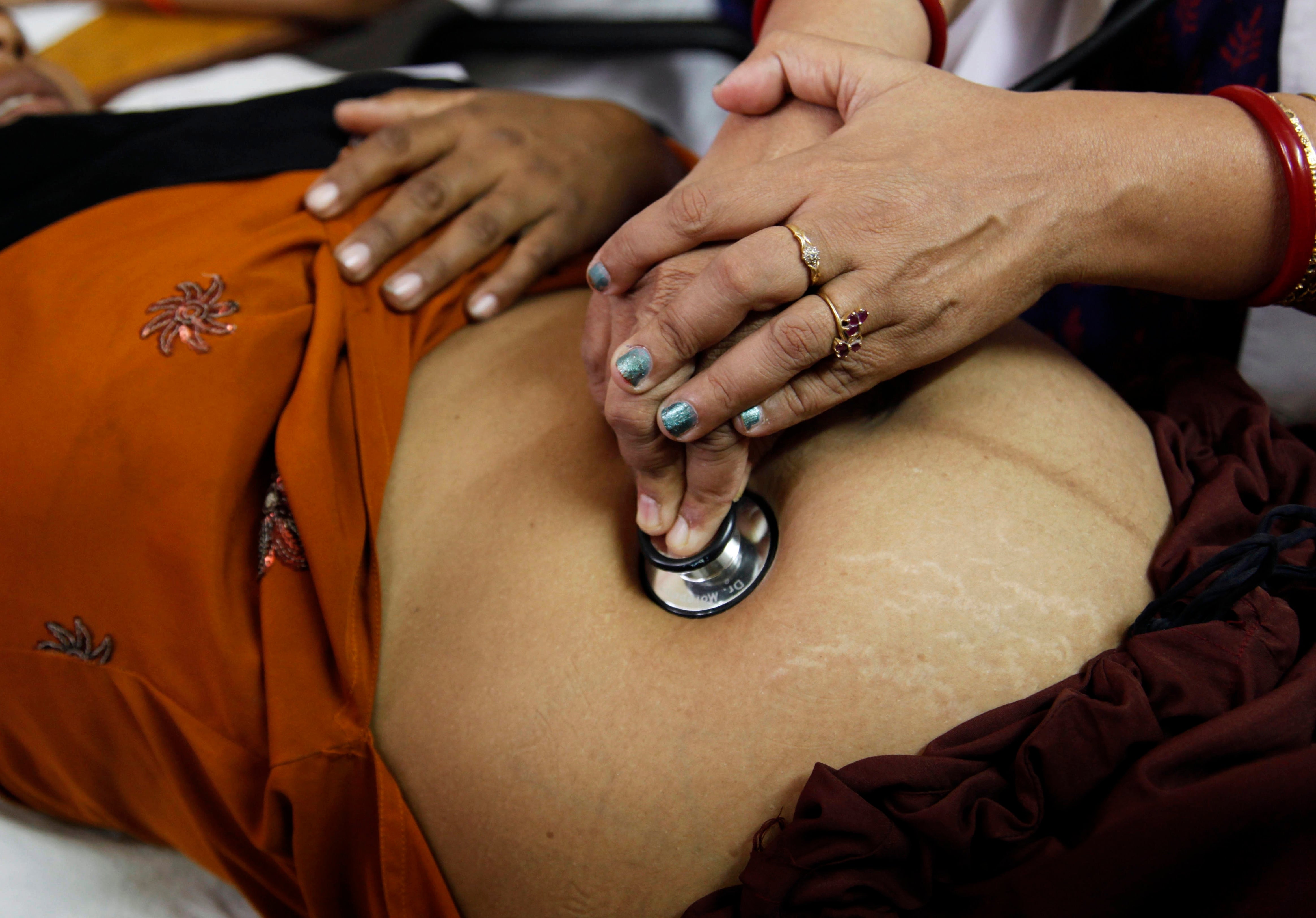2 million stillbirths every year, pandemic might worsen toll
The World Health Organization and partners say there are about 2 million stillbirths every year, according to its first-ever global estimates

Your support helps us to tell the story
From reproductive rights to climate change to Big Tech, The Independent is on the ground when the story is developing. Whether it's investigating the financials of Elon Musk's pro-Trump PAC or producing our latest documentary, 'The A Word', which shines a light on the American women fighting for reproductive rights, we know how important it is to parse out the facts from the messaging.
At such a critical moment in US history, we need reporters on the ground. Your donation allows us to keep sending journalists to speak to both sides of the story.
The Independent is trusted by Americans across the entire political spectrum. And unlike many other quality news outlets, we choose not to lock Americans out of our reporting and analysis with paywalls. We believe quality journalism should be available to everyone, paid for by those who can afford it.
Your support makes all the difference.The World Health Organization, UNICEF and partners said there are about 2 million stillbirths every year, mostly in the developing world, according to the first-ever global estimates published Thursday.
The U.N. health agency said that last year three of every four stillbirths occurred in sub-Saharan Africa or Southern Asia. It defined a stillbirth as a baby born with no signs of life at 28 weeks of pregnancy or later.
“Every 16 seconds, a mother somewhere will suffer the unspeakable tragedy of stillbirth,” said Henrietta Fore, UNICEF’s executive director. She said the majority of stillbirths could be prevented with better monitoring, proper antenatal care and a skilled birth attendant.
The report warned that the coronavirus pandemic could worsen the global toll, estimating that a 50% reduction in health services during the pandemic could result in an additional 200,000 stillbirths in the next year in 117 developing countries.
The WHO noted that more than 40% of stillbirths occur during labour and could be avoided if women were delivering their babies with the help of a trained health worker. About half of stillbirths in sub-Saharan Africa and central Asia occur during labour, versus about 6% in Europe, North America, Australia and New Zealand.
In developed countries, the WHO and partners reported that ethnic minorities often have higher rates of stillbirth. For example, in Canada, the report found that Inuit women suffer stillbirth rates nearly three times higher than the rest of Canada. In the U.S., African-American women have nearly twice the risk of stillbirth compared to white women.